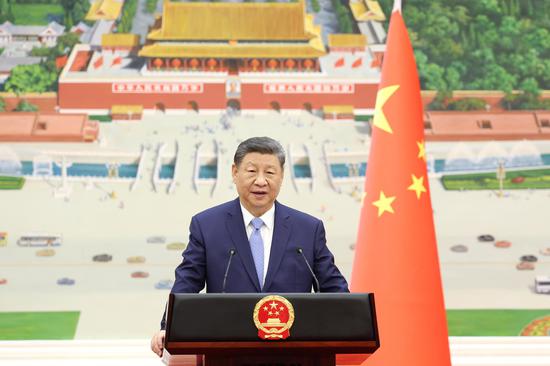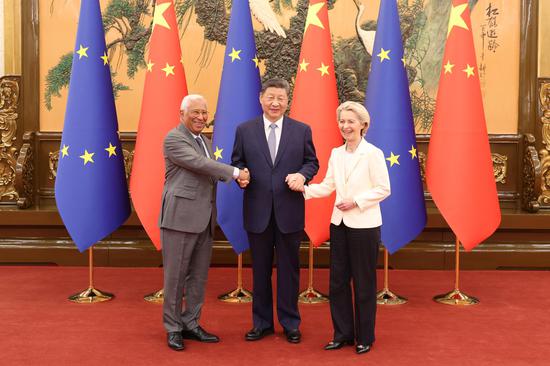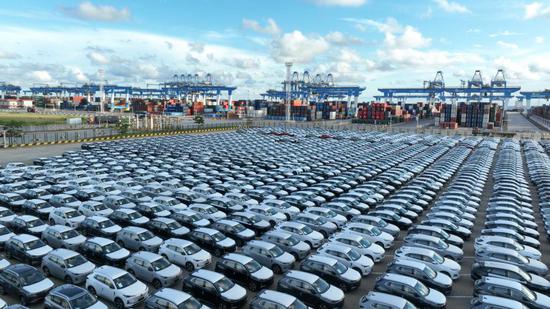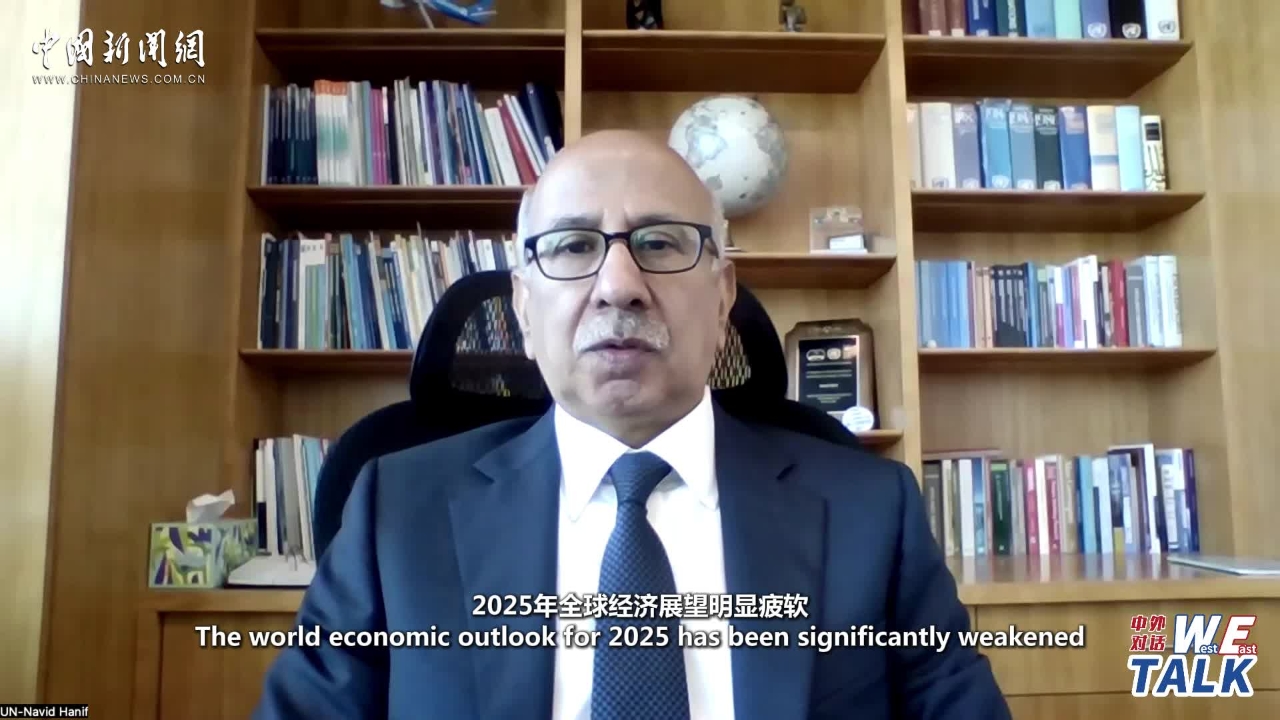By Lin Zhuowei, Chen Tianhao
ECNS – On July 16, China’s National Bureau of Statistics published China’s major economic figures for the first half of this year, with the country’s gross domestic product (GDP) growing by 5.3% year-on-year, maintaining steady growth despite rising global uncertainties.
Notably, the secondary and tertiary industries expanded by 5.3% and 5.5%, respectively. Sectors such as manufacturing, IT services, and business services stood out, surging 6.6%, 11.1%, and 9.6% respectively, reflecting a continued buildup of new growth drivers.
In this edition of “W.E. Talk,” we invited Wang Yong, tenured professor and director of the Digital Economic Research Center at Tsinghua University; Navid Hanif, assistant secretary-general for Economic Development at the United Nations Department of Economic and Social Affairs; and Alicia Garcia-Herrero, chief economist for Asia Pacific at Natixis, to analyze the driving forces behind China’s resilient growth and its prospects.
Chinese economic performance ‘robust’ and ‘beyond expectation’ despite tariff impact: experts
“China’s economic data has been quite resilient, considering the ongoing trade war. … one could be quite satisfied by the data,” said Garcia-Herrero.
Navid Hanif noted that while international institutions downgraded the 2025 global growth forecast, China’s latest economic figures “point towards robust economic performance, despite the continued pressures from uncertainties and shocks.”
Wang recalled that the World Bank and the International Monetary Fund (IMF) had projected China’s 2025 growth to range between 4.3% and 4.5%. After the U.S. introduced its “reciprocal tariffs” plan in April, some institutions lowered their forecasts further. “China’s actual performance has clearly outpaced those projections,” he said.
Targeted policies and new growth drivers fuel resilience
Hanif emphasized the synergy between China’s macroeconomic policies in supporting growth. “From lowering interest rates and reserve ratio requirements to increasing the budget deficit and issuing special-purpose bonds, these actions have stabilized key sectors and supported domestic demand.”
Garcia-Herrero highlighted China’s legislative and policy efforts to invigorate the private sector and support SME innovation. “Through new laws and industrial initiatives like the ‘10,000 Little Giants’ program, as well as continued commitment to multilateral trade and diversified supply chains, China is managing external challenges more effectively,” she noted.
Wang also pointed to the rapid progress in eight strategic emerging industries, including new-generation IT, NEVs, high-end equipment, and civil aviation, which together reflect the rise of “new productive forces,” with the rapid rollout of large AI models such as DeepSeek as a prominent example.
Specifically, DeepSeek, which gained 100 million users in just 45 days, comparable to ChatGPT’s speed to reach the same milestone globally, shows the speed and dynamism of tech innovation in China.
Addressing bottlenecks, China to exhibit global leadership
Despite positive trends, experts flagged lingering issues. Garcia-Herrero noted SMEs still face financing bottlenecks and called for improved credit access for small- and medium-sized enterprises. “More is needed for them to excel”, she said.
Hanif stressed the need to balance short-term stimulus with long-term reforms. “Real estate, local government finances, and youth employment remain key areas of concern,” he added.
For the full-year outlook, Garcia-Herrero highlighted China’s key role in reshaping global value chains.
Hanif highlighted China’s growing cooperation with Asia, Africa, Latin America, and Europe as a long-term driver, while China’s “leadership” in green tech will further enhance its prospects.
Wang remains confident in the 5% annual target, “With recovering domestic demand, coordinated policies, and progress in trade negotiations and multilateral cooperation, it’s well within reach,” said Wang, “With several out of the nine future industries showing signs of rapid expansion, future industries are set to fuel long-term growth.”


















































 京公網安備 11010202009201號
京公網安備 11010202009201號